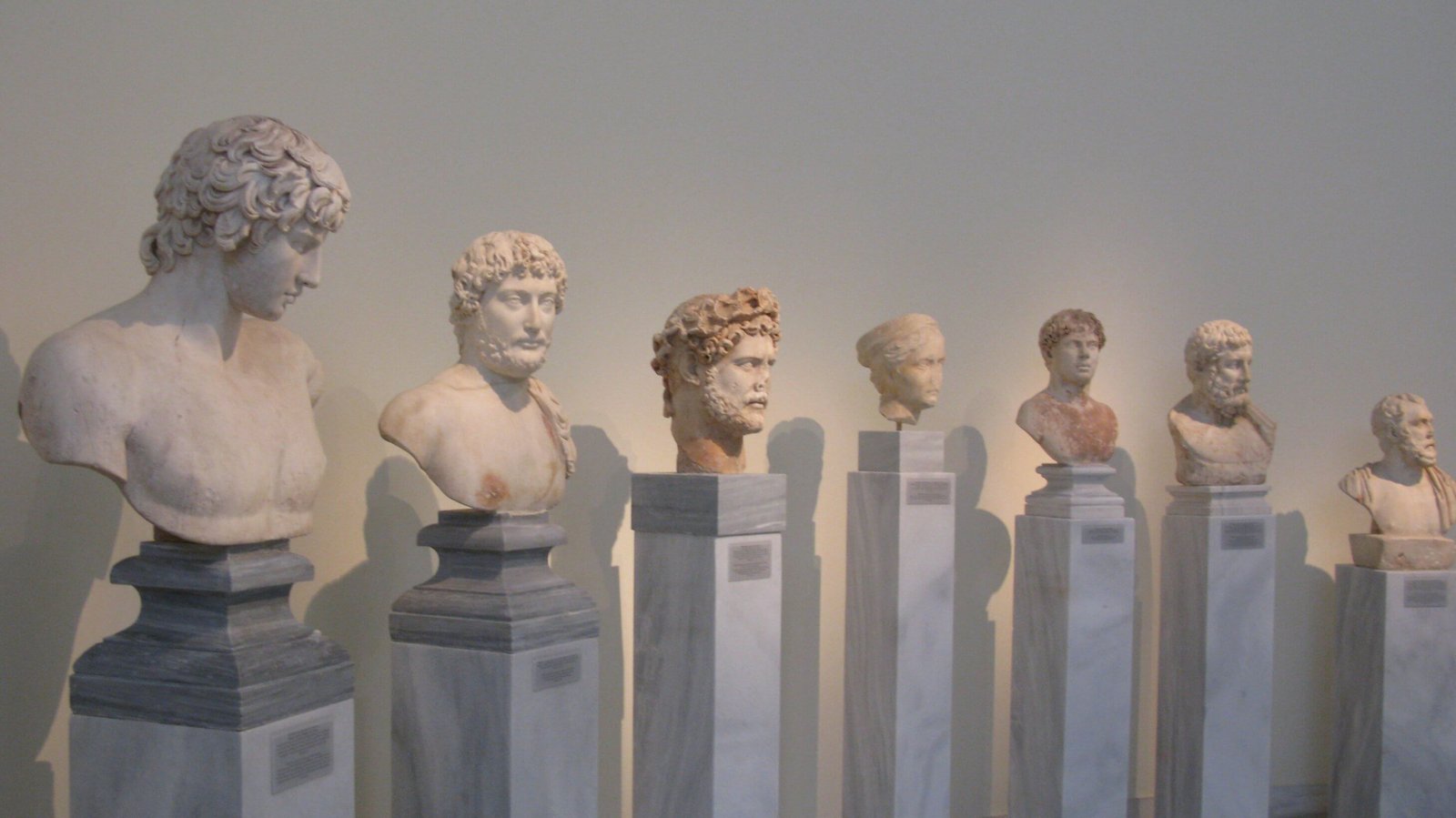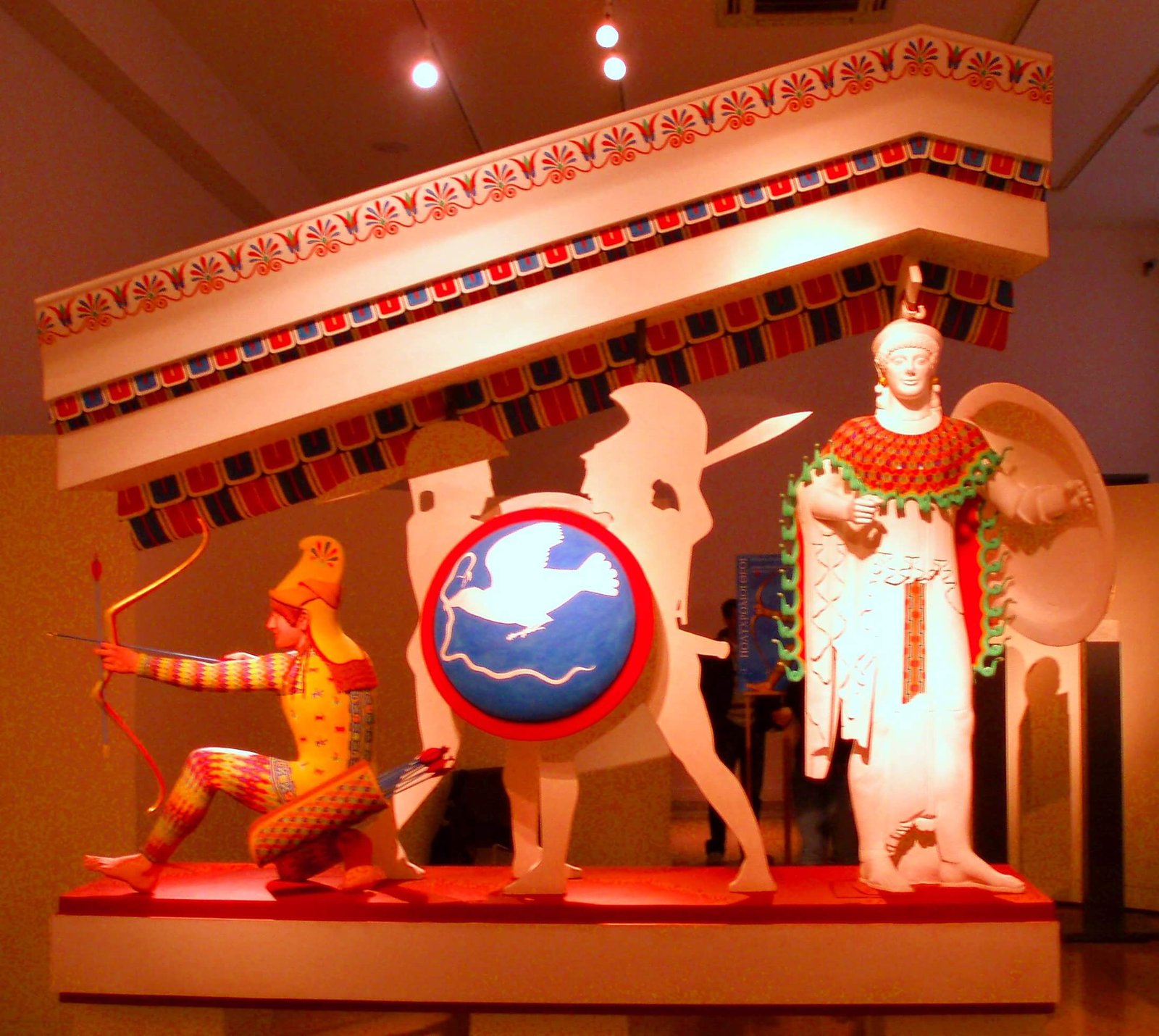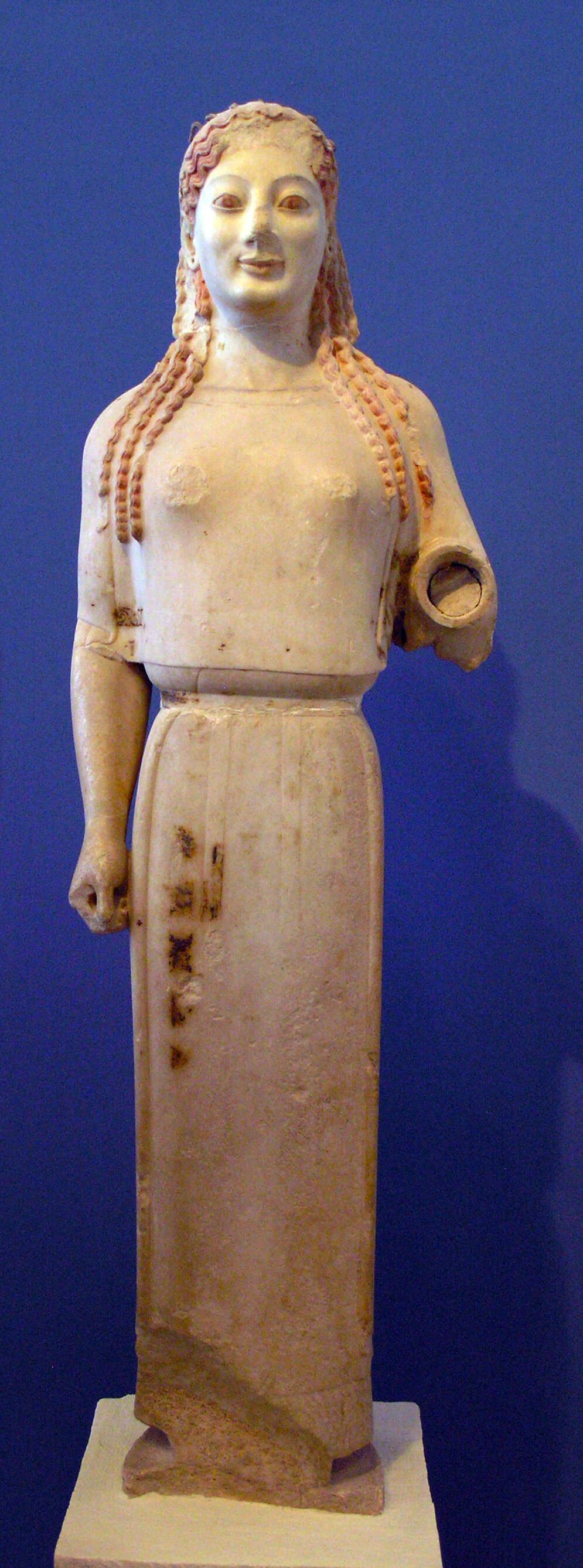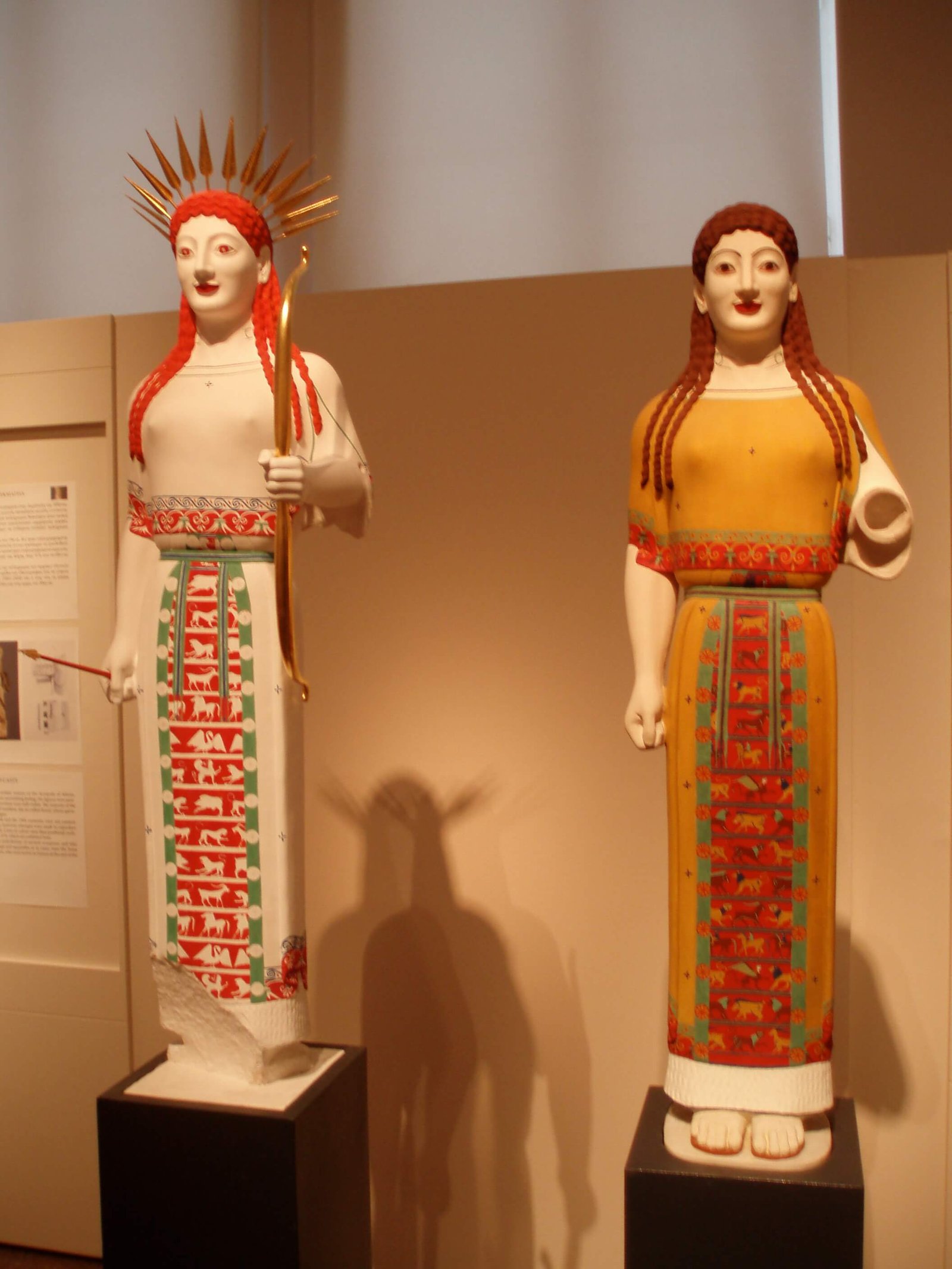
We usually think of ancient Greek and Roman sculpture as being made of pure white marble. It’s easy to understand why. We look at surviving works, and we can clearly see that they are white marble. However, would you be surprised to know that they originally didn’t look like this at all? In fact, it was quite the opposite…

In the classical world, sculpture and architecture was usually painted brilliant colors and sometimes gilded too. Paint doesn’t tend to hold up well over millennia, so mainly only the marble is left today. Occasionally, there’s enough left to see with the naked eye, but more often researchers have to use scientific techniques to find otherwise-hidden traces of paint. That’s why we’re left with the impression that the ancient Greeks and Romans liked stark white buildings and sculptures. It doesn’t help, of course, that Renaissance, Baroque, and Neo-Classical artists made the same misunderstanding and based their own classically-inspired work on an uncolored white aesthetic.


Above, you can see the Peplos Kore, a well-known statue found on the Athenian Acropolis. She still wears a few obvious traces of paint. Next to her are two replicas showing different ways that she may have been painted. On the left, she’s the goddess Athena; on the right, she’s an ordinary kore (statue of an anonymous young woman). These two replicas, as well as the pediment sculpture shown above, were made for the Bunte Götter (“Colored Gods”) exhibition that originated in Germany in 2003 and is still travelling the world. The reproductions in the exhibition were created by Vinzenz Brinkmann and his team from the Gylptothek in Munich, who have been researching painted classical sculpture for years. Visit the exhibition’s website to learn much more.
Update 3/7/19: There is also a book about the exhibition I mentioned above. It’s called Gods in Color: Polychromy in the Ancient World (Prestel Publishing, 2017), and it’s written by Brinkmann and others. I got the book for Christmas and recently finished reading it. It contains several great essays as well as images of both ancient works and the full-color replicas that were featured in the exhibition. Recommended!

